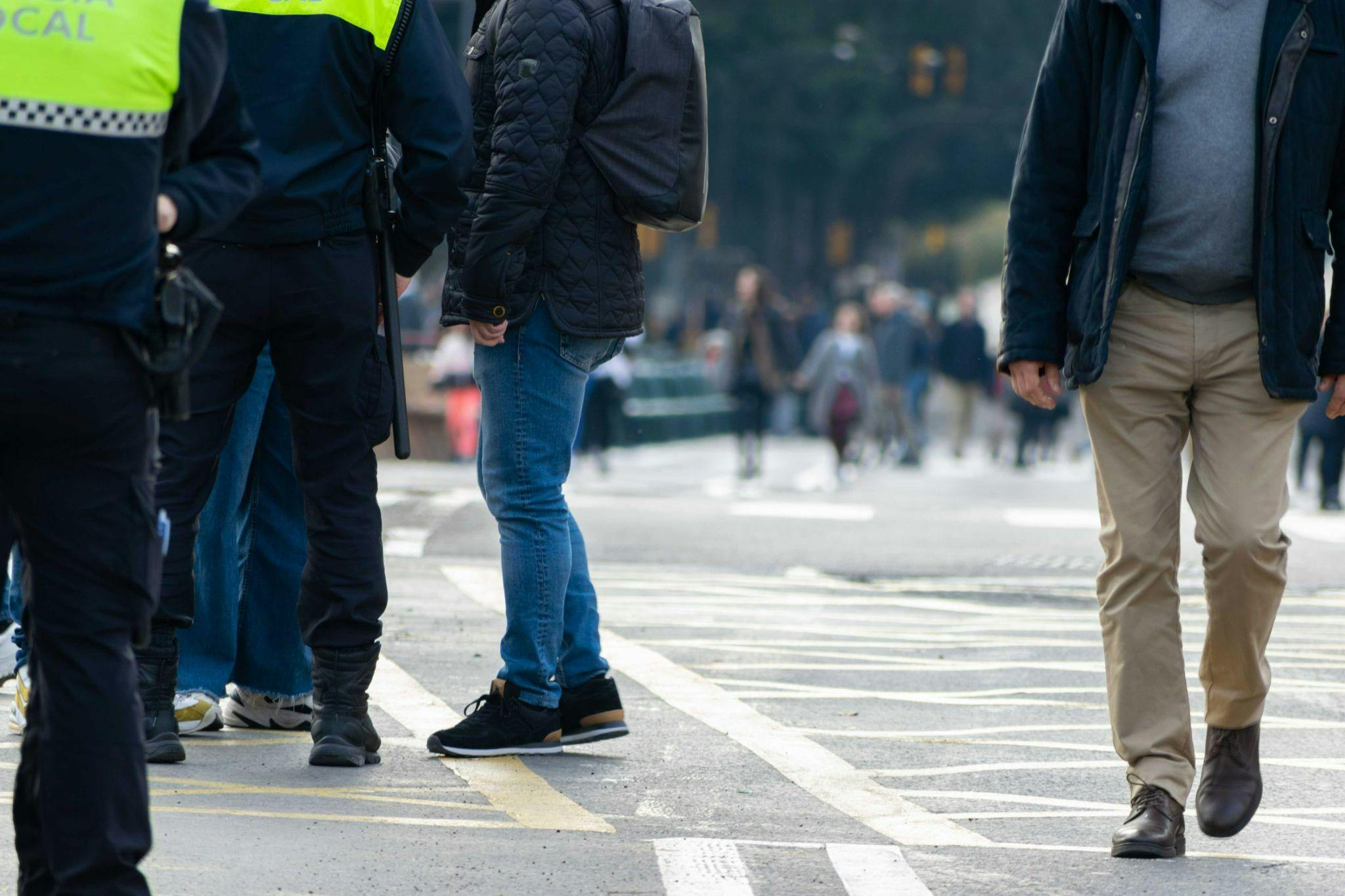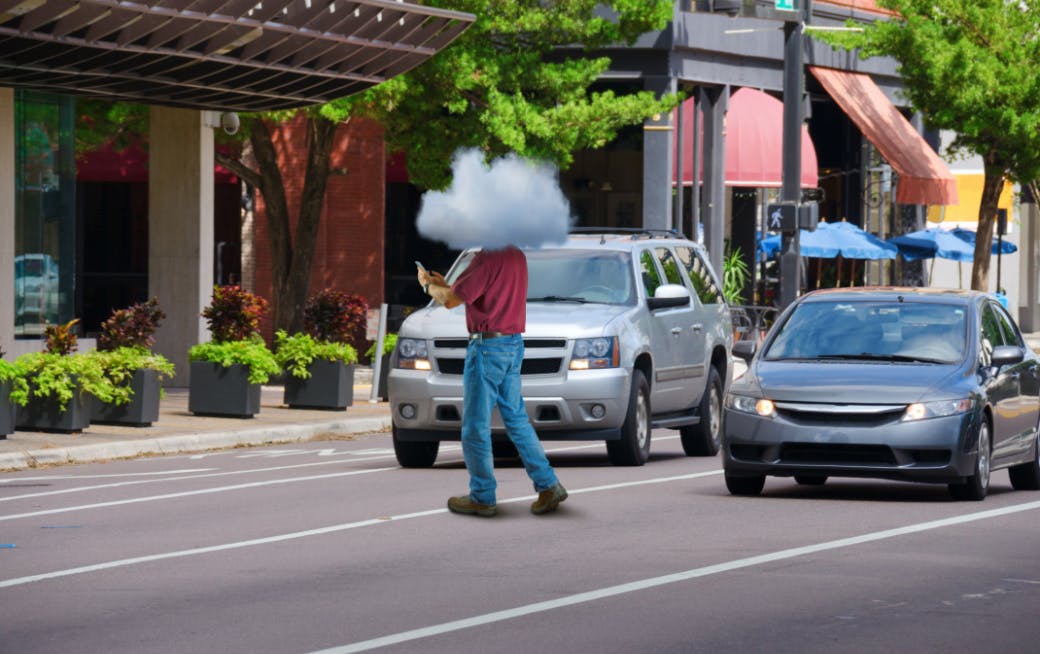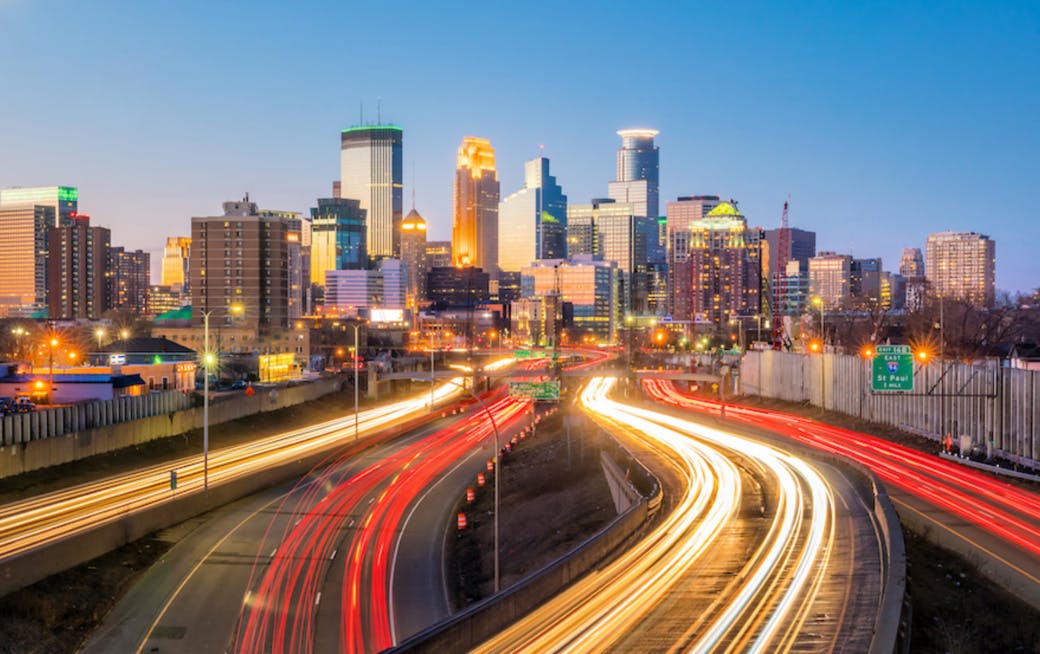Even with Traffic Levels Down, Walkers and Bikers Must Stay Vigilant
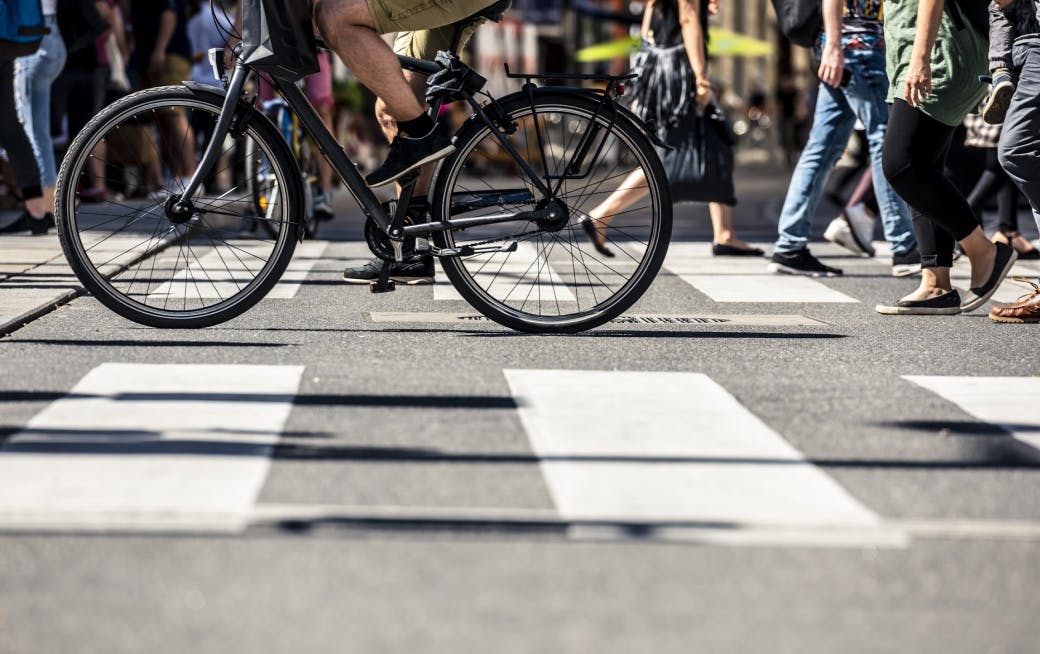
There aren’t many silver linings to the COVID pandemic, but social distancing has inspired many Americans to spend more time on walks or riding bikes. Bike lanes and walking paths are busy, while traffic volumes have dropped dramatically in many parts of the country. But don’t take that as a sign to let your guard down, bikers and pedestrians, because some drivers see less traffic as an excuse for reckless behavior.
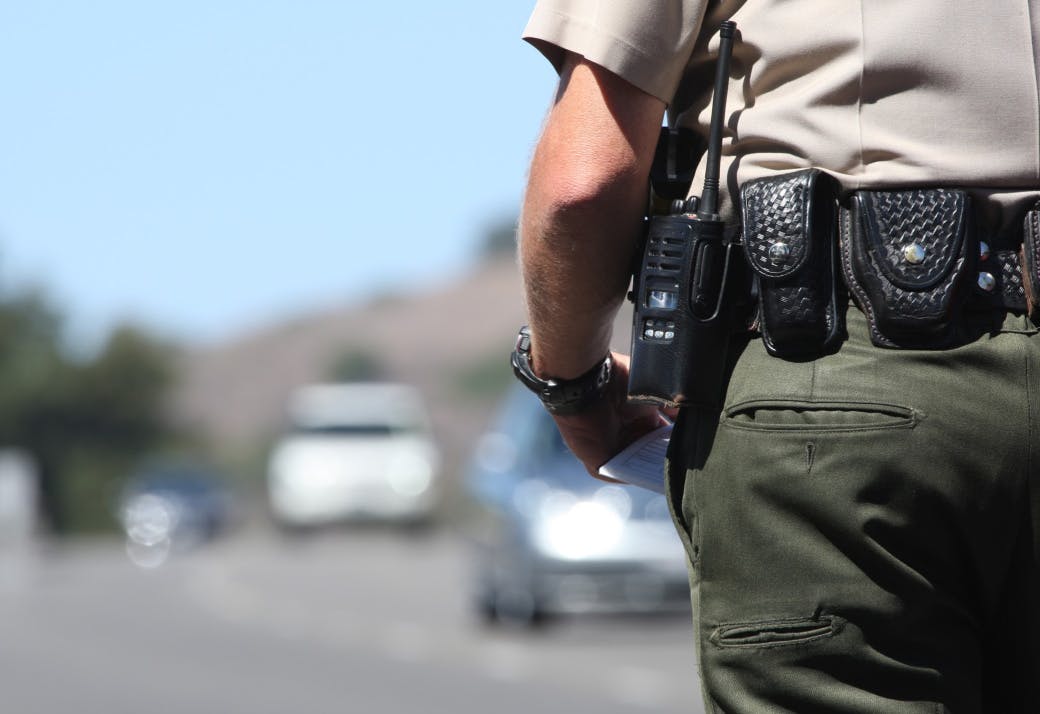
Here are a few “low lights.” Almost double the number of tickets have been issued by the California Highway Patrol for speeds topping 100 mph this year versus last. Utah has recorded a 30% to 50% decrease in highway traffic along with a slight drop in collisions, but troopers are clocking higher speeds and more fatal accidents. State officials note pedestrian fatalities are rising in Nevada and Rhode Island. And right here in the state of Minnesota Nice, authorities cited three times more motorists for driving over 100 mph, March 27 to April 13.
The lesson in all of these troubling statistics is clear for walkers, bikers and responsible drivers: Don’t let down your guard because roads and highways seem less congested. These year-round walking/driving safety tips are always appropriate, but especially now:
Tips for Drivers
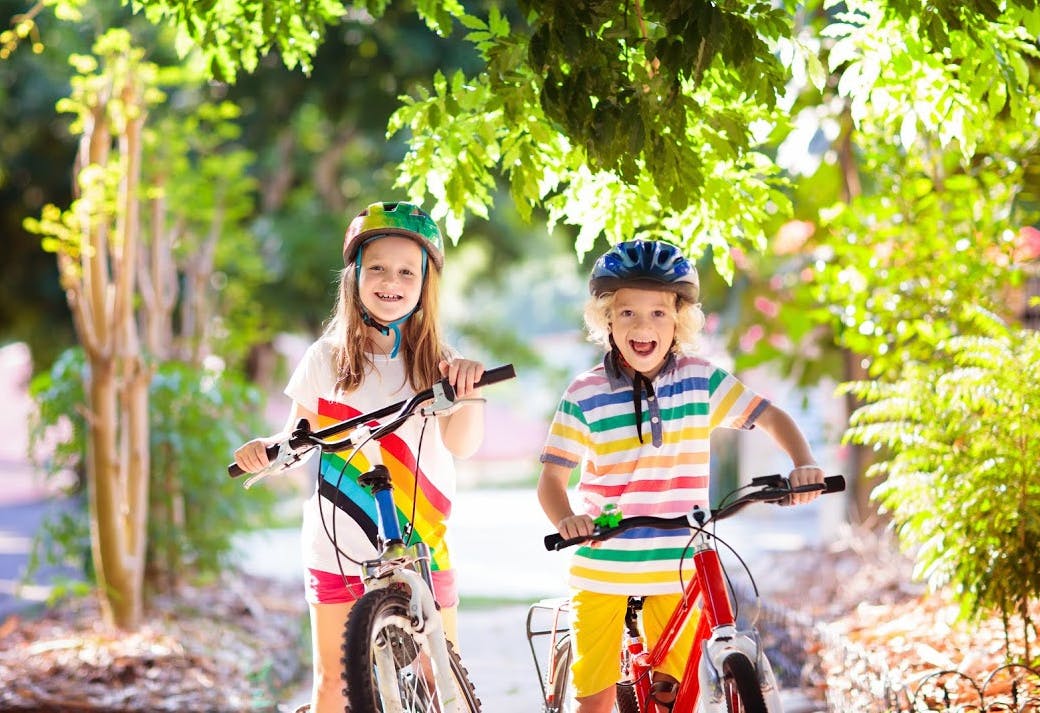
- Slow down! Less traffic doesn’t mean it’s less dangerous to drive recklessly.
- Be extra vigilant for pedestrians or cyclists, particularly in residential areas.
- When stopped at a red light or waiting to make a turn, don’t block crosswalks.
- Many cities are creating more space for walkers and bikers by selectively closing roads to vehicle traffic. Keep an eye out for unexpected street closures.
- Give those bicyclists plenty of room, at least three feet between bike and car.
- Young bicyclists often forget to look or signal before they turn, so slow down, give them a wide berth and be prepared to stop.
- When parking on a street, check your side mirrors BEFORE you open your door.
Tips for Pedestrians and Cyclists
Make sidewalks or trails your first choice for a walk. You may have more options now given that some cities are closing streets to traffic for added walking/biking lanes. Check your city website for more information. And if you must use a road, walk facing traffic.
You’ll be safer if you follow the rules of the road while walking or biking, obeying all traffic signs and signals.
Walkers, use crosswalks when you can. If you can’t, cross where your view isn’t blocked and you can see oncoming traffic from both directions.
Distracted walking (or biking for that matter) can be just as dangerous as distracted driving, especially when navigating busy streets. Stay off your cell phone until you safely reach your destination.
Biking without a helmet greatly increases the chances of a serious head injury in a crash. Use this guide from the National Safety Council to select and properly fit a quality helmet.
Even outside, the CDC recommends we stay six feet away from others during the pandemic. It’s up to all of us to share the trails, share the road and share the good weather safely.
SiebenCarey Bike and Pedestrian Accident Attorneys Have Decades of Experience Helping Injured Minnesotans
As this article points out, you or a loved one could still be injured while biking or walking, even after taking all safety precautions. And because the human body is no match for a vehicle weighing several thousand pounds, these injuries are often serious. Bike/pedestrian accidents involving children are even more devastating. We know firsthand, because we’ve handled far too many bicycle and pedestrian accidents over the years.
To learn more about your rights and what you should do as soon as possible after a car-pedestrian accident, click here. For car-bike accidents click here. We’re here and will make sure you Know Your Rights!


